An army of volunteers and fleet of quadbikes were required to help a model train travel 71-miles across the Scottish Highlands, says Tim Gaunt
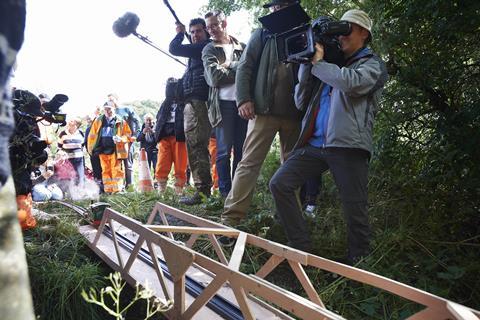
Production company Love Productions
Commissioner Rob Coldstream
Length 5 x 60 minutes
TX 8pm, Sundays from 7 January, Channel 4
Executive producers Kieran Smith; Richard McKerrow
Series producer Tim Gaunt
Production executive Caron Miles
Series editor Oliver Manley
There are certain undeniable problems about building a model railway from one side of Scotland to the other.
First and most obviously, it’s one heck of a distance. One metre of the most popular size of model train track costs about £7. Multiply that up to 71 miles - the distance of the route we eventually identified between Fort William and Inverness - and you have a problem that could stop a project getting off the ground.
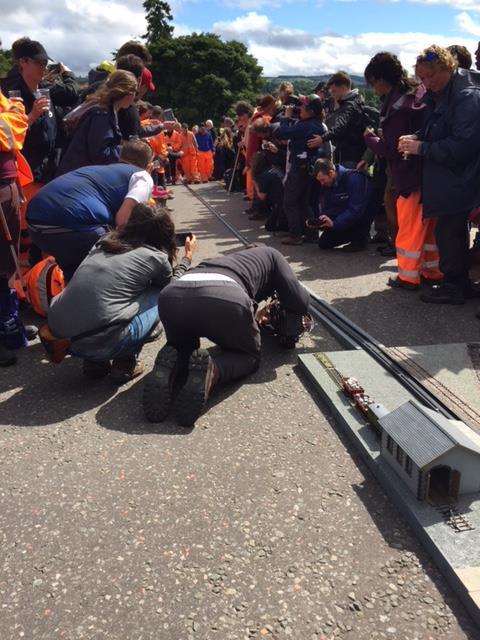
And so it was with us, until I spoke to a Dutch train obsessive who lived in China. ‘Why don’t you just extrude the track?’ he suggested, as if this was the most normal thing in the world to do on a Wednesday afternoon in November.
It was the ‘eureka’ moment that put us in business. We pushed 32 metric tonnes of recycled PVC plastic through a couple of train-track shaped dies - one for corners and one for straights - and ended up with something that looked uncannily like model train track and, crucially, didn’t break the bank.
So it was that 56 volunteers filed onto the banks of the of the canal near Fort William on a blazing summer day seven months later to listen to our presenter Dick Strawbridge call the starting gun on proceedings. Little did we know that the famously wet and midge-infested Highlands were about to have their wettest June ever.
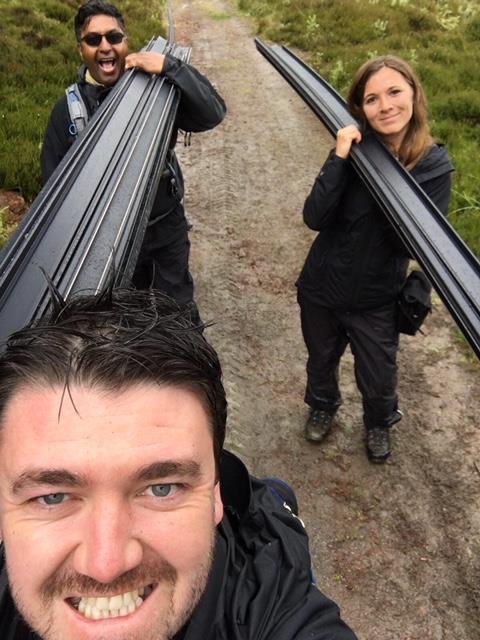
As our volunteer navvies split into six groups and set about vigorously building their miniature cross country railway, it was a challenge keeping across all the different characters and stories springing up across a 10 mile radius, but it also became quickly apparent that the logistical challenges were even more taxing.
Our volunteer navvies were camping near their track, as the navvies of old would have done – so all their possessions had to be moved every three days.
In addition, we had 11 articulated lorries full of nearly 40,000 pieces of track, which had to be shunted around to the right little tracks, invariably on the top of more or less inaccessible Highland hilltops. In total, the production totalled 175 odd people, all strung out over the 71-mile route.
Our exuberant host decided the only thing for it was to call upon his military background. So for the duration of the twelve-day shoot, Dick played the part of an on-camera general at operations HQ to perfection, rapping on maps with pointing sticks and suggesting ways in which we could drive our volunteer army forward.
My tricks of the trade - series producer, Tim Gaunt
-
Every project, however barmy sounding, is possible to make. You just have to be persistent.
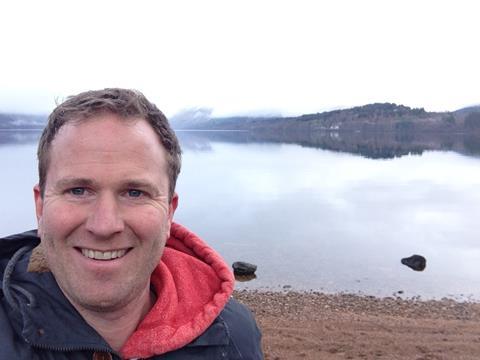
- Any television worth making is about the relationships between its on-screen participants. Even with a challenge at its heart and a fair bit of history, this show was no different.
- The Sony FS7 has a third sound input. Praise be. How many years have self-shooters waited for that?
- Always bring head to toe waterproofs when filming in Scotland.
- Don’t try to eat with a midge net over your head. It’s not a good look.
- If you are in a rush, never ask a model train enthusiast what their favourite train gauge is.
In military terms, I’m sure he felt we were a slightly nerdy invading force – an army of model train enthusiasts, cameramen and sound technicians - and our supply lines were badly stretched. Our soldiers didn’t take kindly to their mid-morning Tunnocks or Penguin bars not arriving because a quadbike or van had broken down. They also didn’t like it when the track re-supply vans arrived late, in the wrong place or – occasionally - not at all.
After losing one of our last working quad bikes in the Caledonian Canal (apparently reverse gear looks a lot like forward when you’re in a hurry), we decided we had no option but to scramble a truckload more.
Our ex-army security guys, whose original purpose was solely to protect the track and volunteers, zoomed around on the bikes like characters in Mad Max, the key middlemen in our track resupply system.
Inverness or bust
Over the first few days, our progress towards Inverness had been proceeding at a glacial pace. But as the volunteer navvies got better at laying the track and we got better at supplying it, the track began to surge forward.
Then on the fourth day, a new problem reared its head: the train – or in model railway speak, the engine.
We’d opted for the most authentic engine we could find: a beautifully sturdy replica steam loco. As our little green train set off from its replica station, it looked great and sounded great, but that couldn’t hide the fact that it was designed for going round in small circles in peoples’ gardens rather than for driving the entire width of a country.
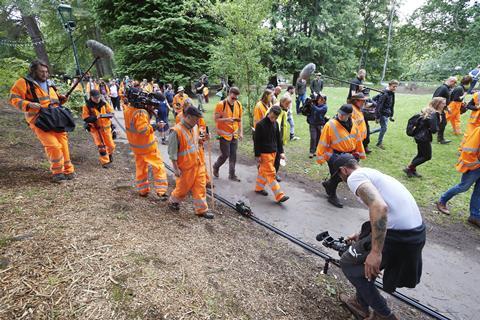
It was on its last legs from the second day, so we really didn’t have to work at all to create a ‘will it or won’t it make it to Inverness?’ story.
The production crew and volunteers rose to every challenge magnificently as they built towards the destination and uncomplainingly worked double shifts into the night.
The volunteers - many of whom were palpably thrilled to be amongst like-minded model train enthusiasts for so long - said it was among the most memorable experiences of their lives. And I’d say the same for myself.
Andrew Gowans - Director of photography
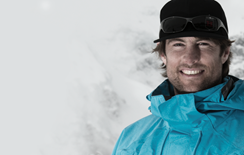
My brief was to shoot the micro – the tiny train and its immediate surroundings – and the macro – the massive expanse of the beautiful 71-mile route we were building along - and then to find a way of linking the two together.
To get the close-up shots of the train, I needed to create a mini-cam setup that was small, lightweight and easily towable by a model train without compromising on image quality. It needed to be counter-balanced, adaptable to the terrain and hardy to the weather conditions. But most of all, it needed to be quick to set up without slowing the trains’ progress.
I based the majority of the micro system around the DJI X5 camera. The small form factor, interchangeable lens, remote adjustment and real-time monitoring made it an excellent option. In addition, it gives a strong image that grades well next to the main Sony units.
To get the camera where it needed to be, I used a mix of a custom-built train carriages, pole-cams, cable-cams and modified hand-controllers.
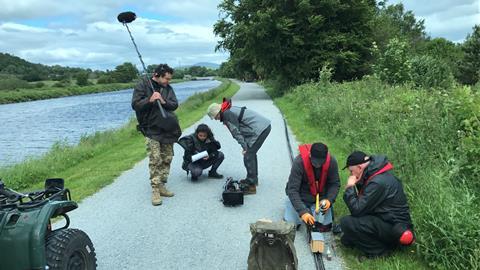
To get beautiful scenery, convention would state that you need the biggest, most glorious drone in the air to capture the stunning scenery, but this isn’t always true. The best camera for the job is the one that’s pointing at the action as it happens.
With the sheer volume of content we needed to capture in a day, we needed a system that was portable, quick to deploy and able to get the shot.
I went for the DJI Inspire 2 for its stunning image quality, setup speed and reliability. But what is probably more surprising is that I ended up shooting much of it on the DJI Mavic Pro.
The portability is incredible and the speed and ease of deployment for this device is outstanding. If we saw an epic shot, it was always on hand and in the air straight away.
We spent a fair amount of time on foot trudging around the Scottish Highlands, hunting for track-laying teams, presenters and special builds whilst carrying all out kit. Having an aerial solution the size of a drink bottle available at all times was invaluable.





























No comments yet